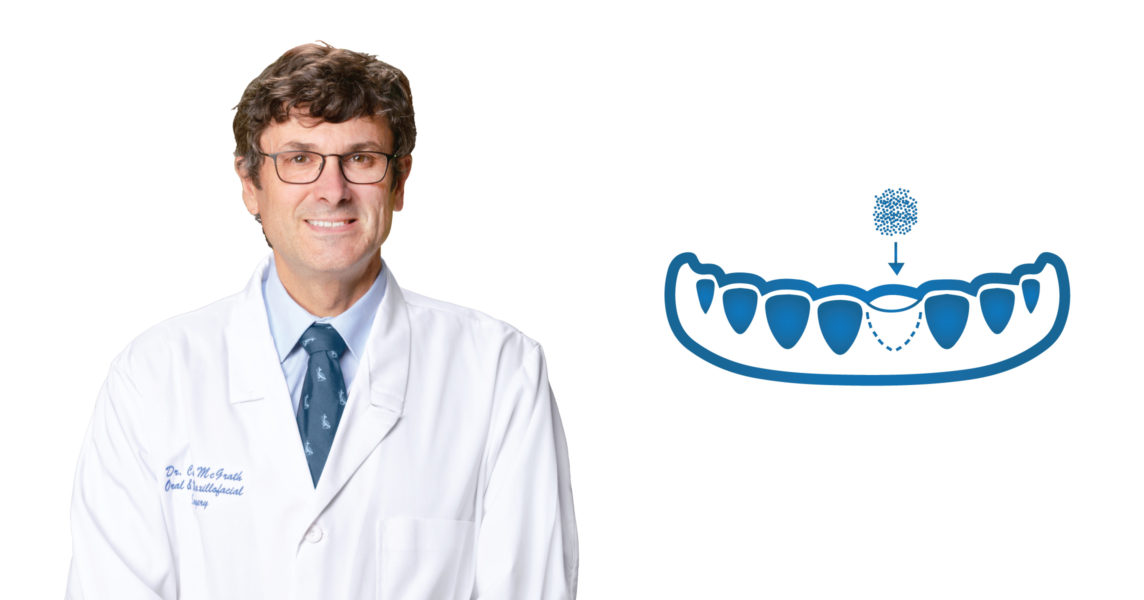What Is a Bone Graft?
Just as muscles that go unused for prolonged periods of time begin to atrophy, so it is with the jaw bone if a missing tooth is not replaced. When this happens, the jaw bone will lack the support needed for the placement of dental implants, and a bone graft may be required.
Depending on your circumstances, you may need to undergo one or more of the following bone grafting procedures:
- Nerve Repositioning: The inferior alveolar nerve, which gives feeling to the lower lip and chin, may need to be moved to make room for placement of dental implants in the lower jaw.
- Ridge Expansion: In severe cases, the ridge has been reabsorbed, and a bone graft is placed to increase ridge height and/or width.
- Sinus Lift Procedure: This procedure involves elevating the sinus membrane and placing a bone graft onto the sinus floor, allowing dental implants to be placed in the back part of the upper jaw.
- Socket Preservation: Once a tooth is extracted, artificial bone is placed in the socket to help preserve the bone and gum tissue for implant placement.
Patients frequently ask, “Where does my bone graft come from?” Bone graft material can be taken from your own bone, either from inside the mouth, from the hip, or from the tibia at the knee. However, a bone graft most often comes from the surgical site and is augmented using an artificial bone cement.
What Is a Tissue Graft?
In the event of gum recession, your oral surgeon may recommend a tissue graft to protect your increasingly exposed teeth. Receding gums can result in tooth loss and damage to the supporting bone. It is important to monitor your oral health regularly; gum recession is a gradual process that can easily go unnoticed.
Our doctors may suggest one of the following types of tissue grafts, based on your personal situation and needs:
- Connective tissue grafts: Tissue is removed from under a flap of skin cut in the roof of the mouth. The tissue is then stitched to the gum surrounding an exposed tooth root, and the flap is stitched closed.
- Free gingival grafts: This is similar to a connective tissue graft, except tissue is removed directly from the roof of the mouth, not from under a flap. This is a common procedure for patients with thin gums.
- Pedicle grafts: A flap of tissue, called a pedicle, is partially cut from the gum near the exposed tooth root. With one edge remaining connected, the tissue is pulled and stitched to cover the exposed tooth root.
As with bone grafts, tissue grafts may be performed using your own tissue; however, a second (donor) surgical site adds to the patient’s discomfort during and after the procedure. Therefore, tissue from a tissue bank may be used.
Interested in learning more about soft tissue surgery? Click here for additional resources.
